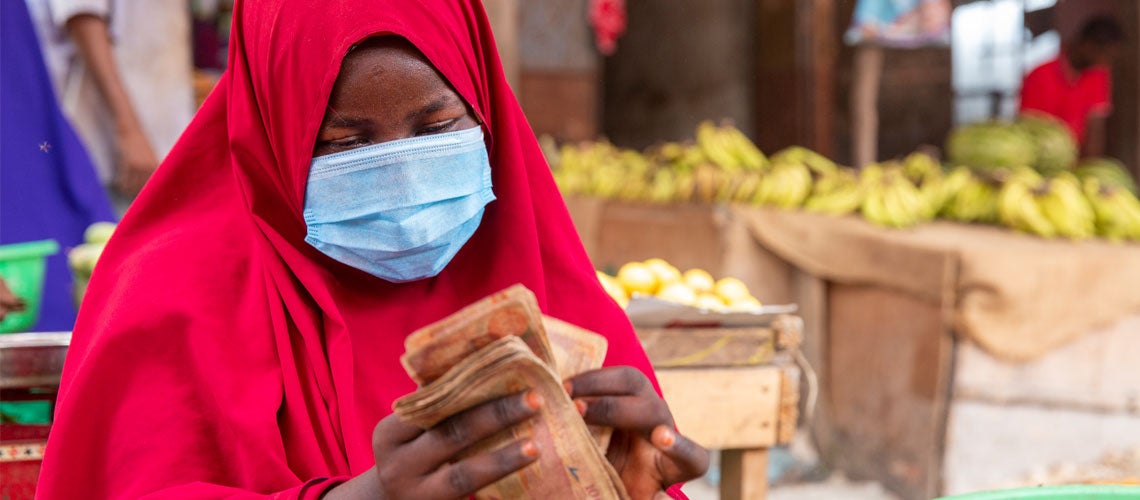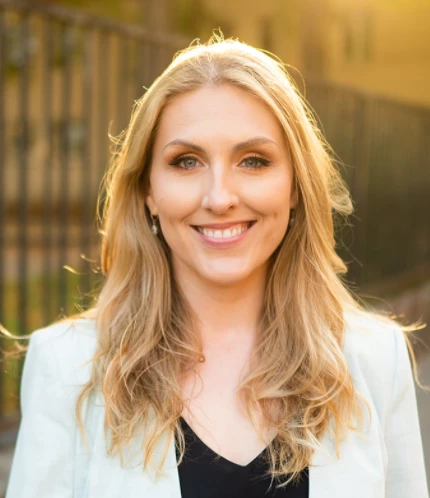 Somalia’s banking sector has reiterated strong commitment to the digital payments agenda, and the implementation efforts have been continuously supported by the World Bank. Photo: Mohammed Abihakim, World Bank
Somalia’s banking sector has reiterated strong commitment to the digital payments agenda, and the implementation efforts have been continuously supported by the World Bank. Photo: Mohammed Abihakim, World Bank
What if, to send money from Washington to New York, you had to call your banker in Singapore? Until 2021, what sounds like a mere thought experiment was a very real problem for businesses in Somalia, which lacked a working interbank payment system. Since then, however, the Central Bank of Somalia, has put together the “rails” that make money “move” safely and quickly to support economic activity.
Its National Payment System can be considered a network of “rails” or conduits, through which buyers and sellers make transactions, and is an essential component of any country’s financial system.
Protracted conflict had left Somalia with few functioning institutions. In 2009, the country’s Transitional Federal Government had to attempt something that had not been done for decades: create a new central bank from scratch, without the foundations of financial infrastructure to build upon. Somalia had no government electronic payment system, which meant no rules for transferring funds between banks and other financial institutions and no IT infrastructure supporting it.
While payment systems are rarely in the news, they are critical to the functioning of markets. If an economy was to be compared to our bloodstream, they are its vessels and arteries, allowing financial institutions to transact with one another. Electronic payments, clearing and settlement systems enable central banks to conduct open market operations and transmit monetary policy; they are the building blocks of commerce, international trade, and financial inclusion.
Since Somalia lacked them, banks and businesses had to improvise. Many transactions were settled in cash. Domestic payments had to be made using offshore institutions in neighboring countries. Banks created ad-hoc arrangements for clearing payments bilaterally. Mobile money filled the gap for small-value transactions, but was insufficient to support a truly digital economy. Interoperability between different financial institutions was nonexistent, which negatively impacted the international remittances that are incredibly important to Somalia’s economic development.
Keeping count
The basic concept of a payment system is not a difficult one: it is a ledger of accounts showing balances that allows fund transfers between one account and another. Implementing it is, however, highly complex. International standards—for example, the Principles for Financial Market Infrastructures—outline strict rules such systems need to comply with, ranging from a grounding in national law to the management of cybersecurity and operational risk. Ensuring their successful integration with the existing IT systems of banks and other financial institutions is far from trivial.
That is why the launch of Somalia’s National Payment System (NPS) infrastructure in August 2021 was such a milestone for the country’s financial sector. The Central Bank of Somalia, supported by the World Bank’s Somalia Capacity Advancement, Livelihoods and Entrepreneurship, through Digital Uplift Project (SCALED-UP), managed to do this at the peak of the COVID-19 pandemic, even though the pandemic had required major adjustments. Support had to be delivered remotely, while parts of the system were shifted to cloud computing, bringing additional innovation. The Governor of the Central Bank of Somalia, Abdirahman M. Abdullahi, described the NPS as a huge relief for the country’s financial sector, which, for a long time, had been cut off from the global financial markets.
Despite Somalia’s complex operating environment, its banking sector has shown strong commitment to the digital payments agenda. Results have followed: As of January 2022, all 13 commercial banks in Somalia have been onboarded, which means they can transfer funds between themselves in real time, with settlements appearing instantly on the central bank’s balance sheet. The system has processed more than one billion dollars in interbank payments—equal to almost a fourth of Somalia’s GDP.
System Explained
The system comprises two basic elements. The first, the real-time, gross settlement system or RTGS, enables the movement of high-value, time-critical payments. These include money market transactions, securities’ settlements, and time-sensitive commercial transactions. The second, the automated clearinghouse or ACH, is used to process lower-value payments, with obligations between commercial banks netted and settled at the end of the business day to provide services such as payroll processing.
Mobile money providers will be brought into the fold to allow transfers between people’s bank accounts and mobile money wallets, and the Central Bank will expand the system to reach everyone, including the poor and others who also depend on mobile money payments. The project contributes to the country’s financial sector reform agenda and promotes the Central Bank’s vision to foster economic growth not only in Somalia but the wider region.
Reforms bring change
Payment systems reforms are just the first step. A robust financial sector, supported by strong institutions, is critical for any country. Digital payments are its foundation, allowing businesses to buy and sell products, social assistance to reach the poorest, and remittances to flow across borders. Extending credit to Small and Medium Enterprises and completing currency reform will be the next most important steps.
World Bank support has enabled Somalia’s Central Bank to embark on a transformative journey that moves the institution away from being a fiscal agent to a policy-oriented central bank. The World Bank has helped Somalia improve its institutional capacity by investing millions in state of-the-art technology and providing expert technical assistance for this.
The new payment systems have already been adopted by businesses and financial institutions. More services in the pipeline: In 2023, ATMs and card terminals in the country will become interoperable.





Join the Conversation